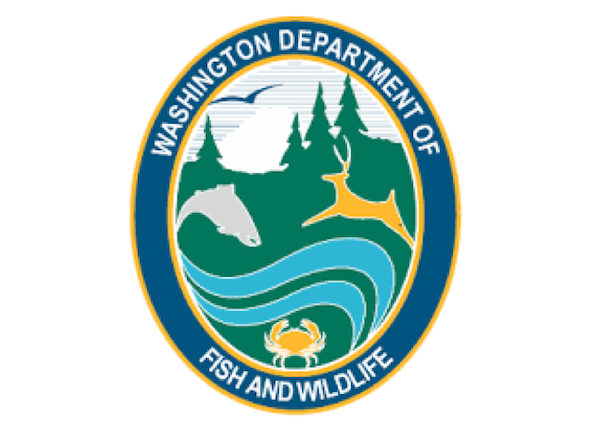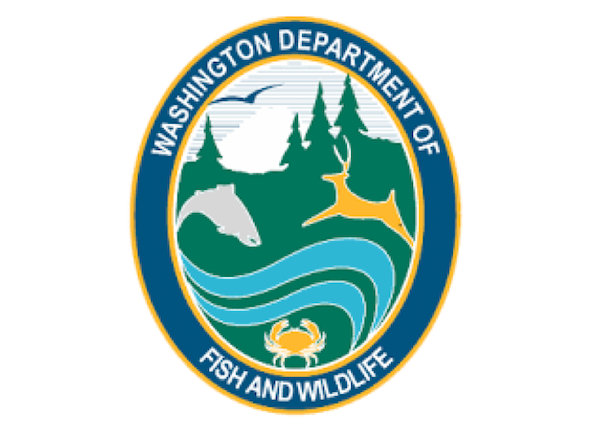Idaho Fish Report
Public meeting scheduled on proposed rotenone treatments of Eastern Washington waters

by WA Department of Fish & Wildlife Staff
6-3-2022
Website
OLYMPIA – State fishery managers will host an online public meeting in early June to discuss plans to treat two lakes, a stream and several intermittently watered ponds in Eastern Washington with rotenone, a naturally occurring pesticide commonly used to remove undesirable and illegally stocked fish species from lakes and streams.
The Washington Department of Fish and Wildlife (WDFW) is proposing to treat William’s Lake, Fish Lake and West Medical Lake’s intermittently watered ponds in Spokane County.
“These waters will be treated with the goal of restoring popular trout fisheries by removing goldfish, pumpkinseed sunfish, tench, and yellow perch” said Kenneth Behen, WDFW warmwater fish program manager. “These fish compete with and sometimes prey on stocked trout fry, rendering our trout stocking efforts ineffective.”
WDFW is also proposing to treat a 5-mile section of Flume Creek to remove non-native eastern brook trout and restore native westslope cutthroat trout, Behen said.
WDFW has scheduled an online public meeting to discuss the planned lake and stream treatments from 6 to 7:30 p.m. on Wednesday, June 8, 2022.
Members of the public may tune into the meeting on Microsoft Teams, or call in to the meeting by dialing 564-999-2000 and entering the conference ID: 353 293 006.
In addition to input received at the public meeting, WDFW will also consider written comments received no later than June 17, 2022. The public can submit comment through WDFW’s State Environmental Policy Act webpage at https://wdfw.wa.gov/licenses/environmental/sepa/open-comments or send comments by mail to:
Kenneth Behen
Washington Department of Fish and Wildlife
P.O. Box 43200
Olympia, WA 98504-3200
A decision on whether to proceed with the planned treatments will be made by the WDFW director in late June.
Rotenone is an organic substance derived from the roots of tropical plants, which the U.S. Environmental Protection Agency has approved for use as a fish pesticide. It has been used by WDFW in lake and stream rehabilitations for more than 70 years, and is commonly used by other fish and wildlife management agencies nationwide.
The Washington Department of Fish and Wildlife works to preserve, protect, and perpetuate fish, wildlife and ecosystems while providing sustainable fish, wildlife, and recreational and commercial opportunities.


